Zuke Maguro, with its mildly savory flavor and rich, slightly sticky texture, is an essential dish when exploring Japan’s tuna culinary culture. You can enjoy it on its own or as a topping for sushi or donburi (rice bowls).
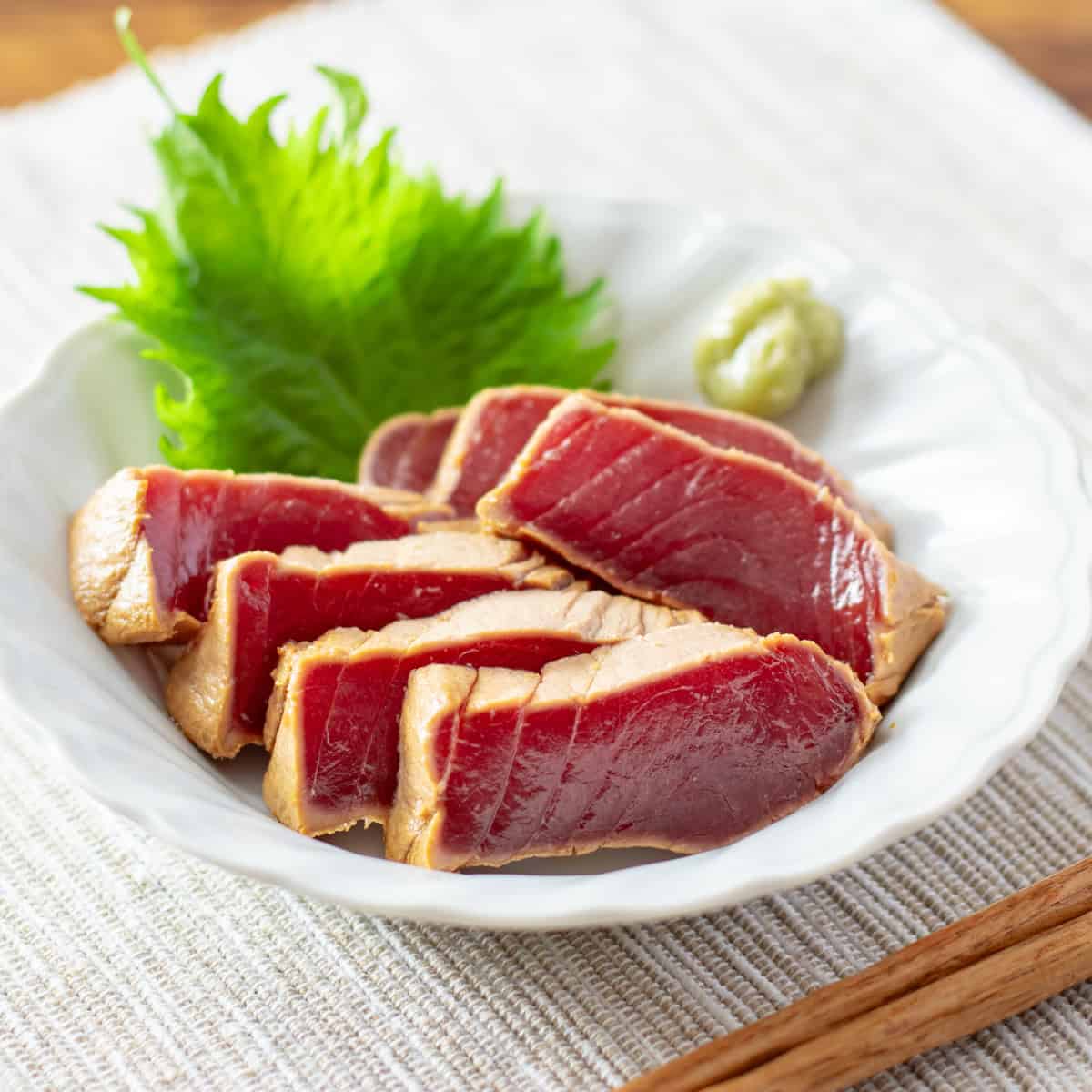
Jump to:
What is Zuke Maguro?
Zuke Maguro is a dish made by marinating tuna in a sauce consisting of soy sauce, sake, and mirin, commonly known as nikiri soy sauce. "Zuke" means to marinate, and "Maguro" refers to tuna. By soaking the tuna in the sauce, you can enjoy its mildly savory flavor and rich, slightly sticky texture.
In the early days of sushi, it was common to marinate tuna, which spoils quickly, in soy sauce to extend its shelf life. This process helped slow down the spoilage of tuna and allowed it to be transported inland. In other words, it is no exaggeration to say that Japan's culinary culture of enjoying tuna began with this dish.
With the advent of freezers, the purpose of zuke maguro shifted from preservation to flavor enhancement. However, even today, it remains a beloved and classic way to enjoy tuna. I hope you will try recreating this traditional Japanese delicacy in your own kitchen and experience it for yourself.
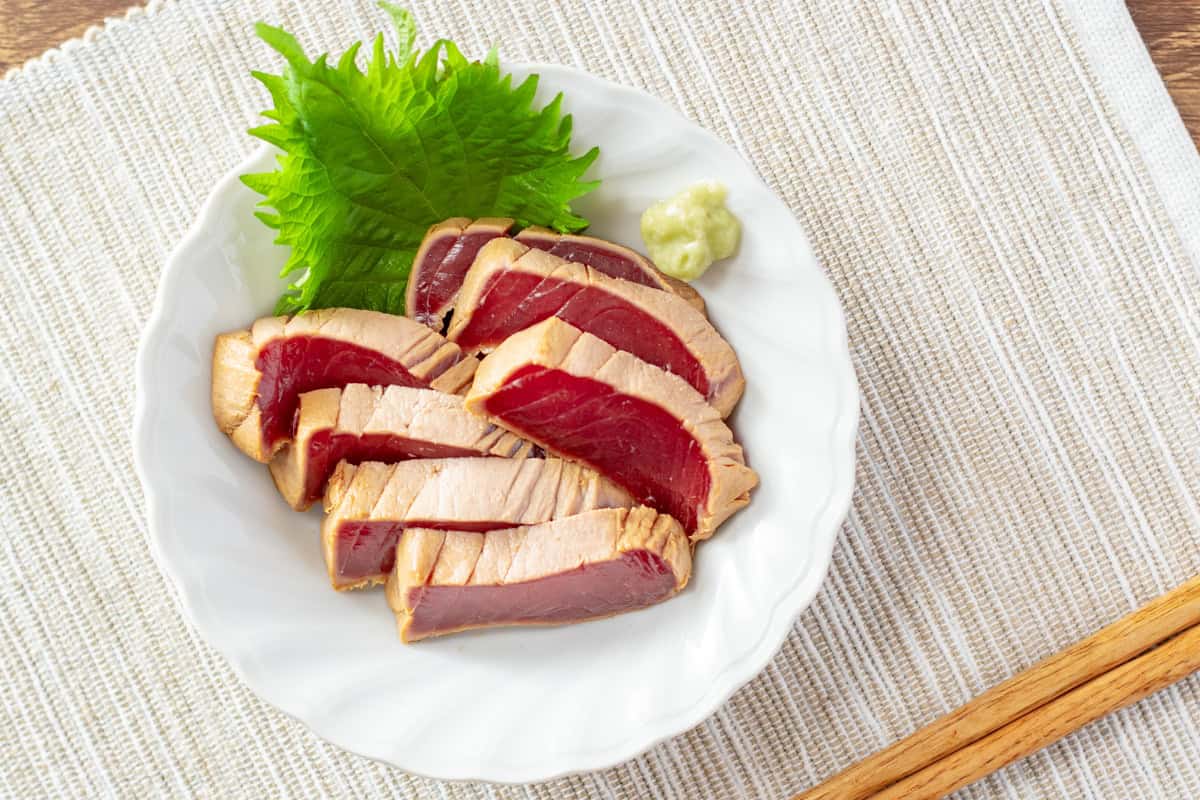
Choosing the right cut of tuna
When making this dish, there is one key point to keep in mind: choosing the right cut of tuna. While you can use any variety of tuna, it is best to stick to the lean cuts.
The rich, slightly sticky texture of zuke maguro comes from changes in the protein structure of the tuna when it is marinated in soy sauce. If you use fatty cuts like toro, which have less protein, the texture hardly changes, and the sauce doesn’t penetrate well.
The same principle applies if you are making a zuke dish with fish other than tuna. For the best results, it is recommended to choose fish or cuts that are low in fat, preferably from wild-caught fish rather than farm-raised ones, which tend to be fattier.
Preparing nikiri soy sauce
The sauce used to marinate the tuna in this dish is not regular soy sauce but a milder version known as nikiri soy sauce.
Nikiri soy sauce is a Japanese seasoning made by combining soy sauce, sake, and mirin. It is not typically available in grocery stores and is usually prepared at home. The preparation is quite simple: simmer the sake and mirin to cook off the alcohol, then combine them with soy sauce and gently heat the mixture. This process results in a soy sauce with a mellow, less salty flavor profile.
The recipe includes instructions for making nikiri soy sauce, but if you would like more detailed information, please refer to the linked page.
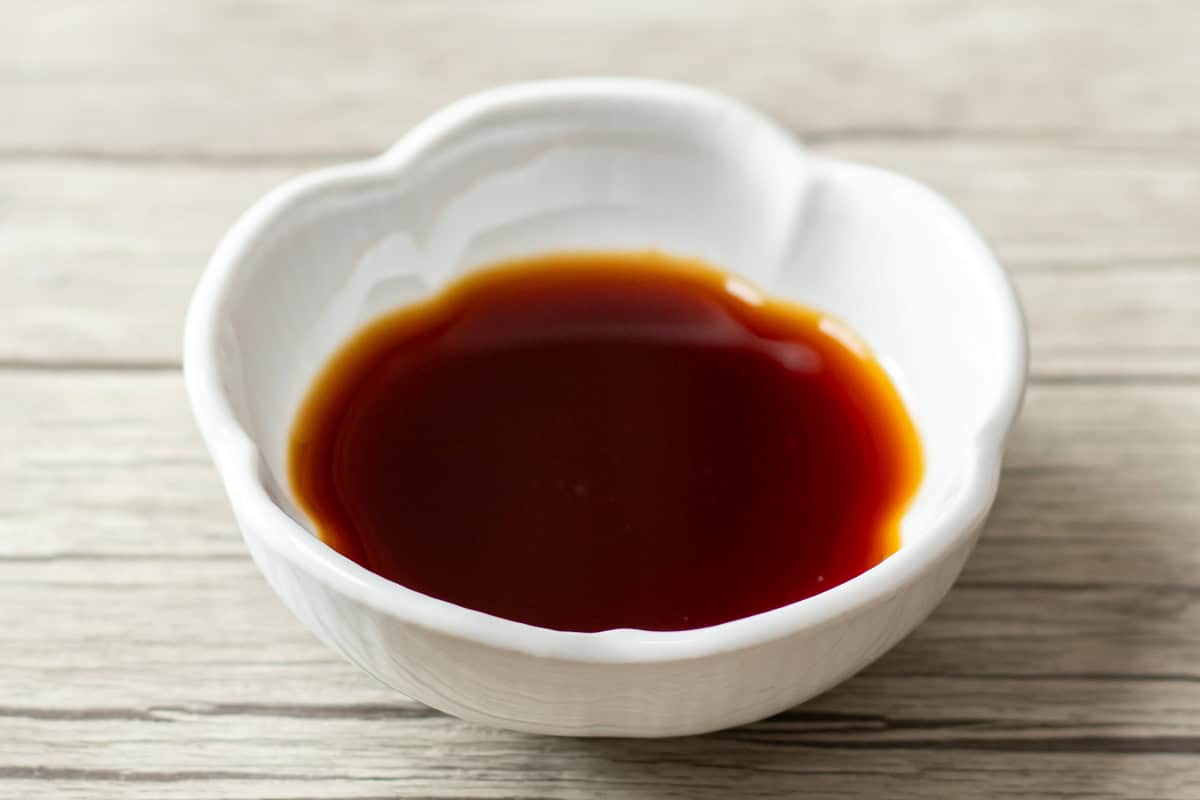
For a more authentic flavor
Some people might wonder about the color change on the outer part of this dish in the photo. This occurs because the tuna is briefly blanched. While blanching isn’t a mandatory step when preparing zuke maguro, it serves two key purposes: removing any fishy odor from the surface and preventing the flavor from leaching out during marination.
The process is straightforward. Simply submerge the tuna block in boiling water for about 10 seconds. This also slightly firms up the exterior of the tuna, which helps prevent the sauce from soaking in too much. It is a small extra step, but it makes a noticeable difference, enhancing the dish with a more authentic and refined flavor. I highly recommend incorporating it.
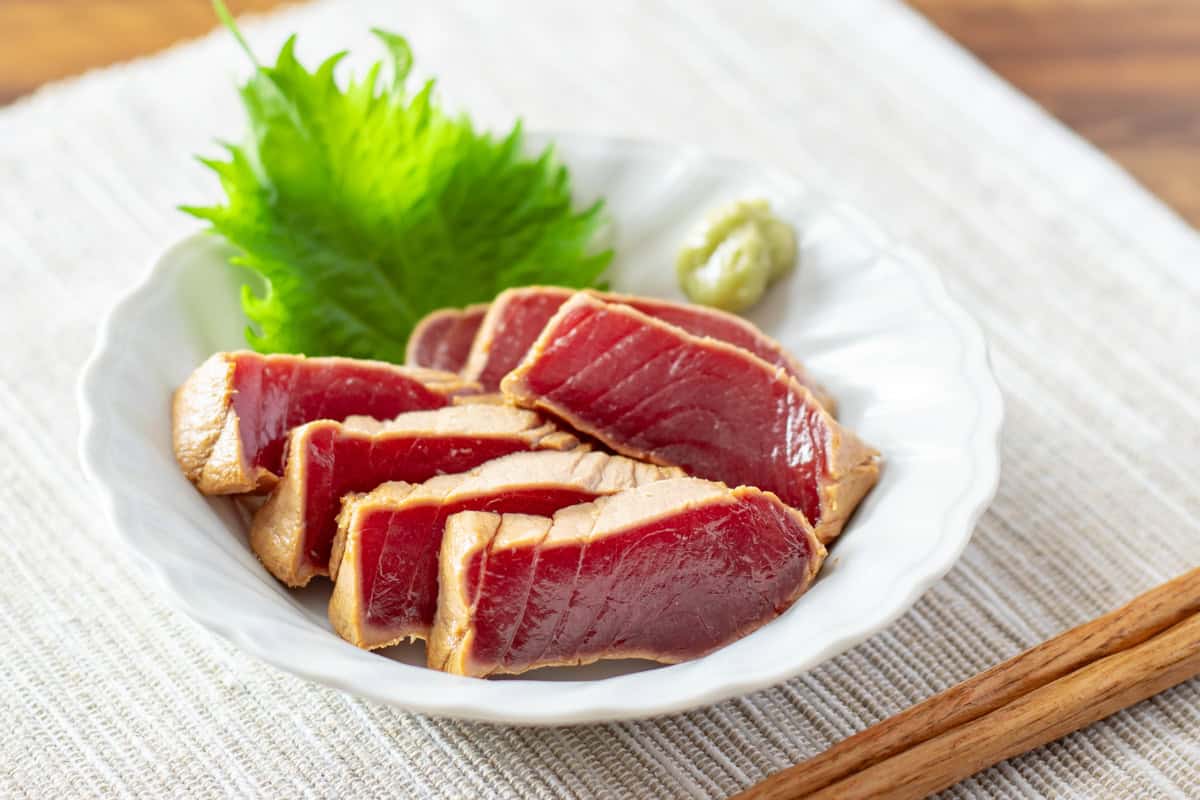
📋Step-by-step recipe
Ingredients
- 1 block sashimi-grade tuna (about 5.3-7 oz/150-200 g)
Nikiri soy sauce (for marinade):
- 1 Tbsp sake
- 1 Tbsp mirin
- 1 Tbsp soy sauce
- a small piece of kombu (kelp) (about 0.035 oz/1 g)
Garnishes:
- shiso leaves (perilla)
- wasabi paste
Instructions
🕒 Total: 3 hrs 25 minsIf you have nikiri soy sauce, you can start from step 3.
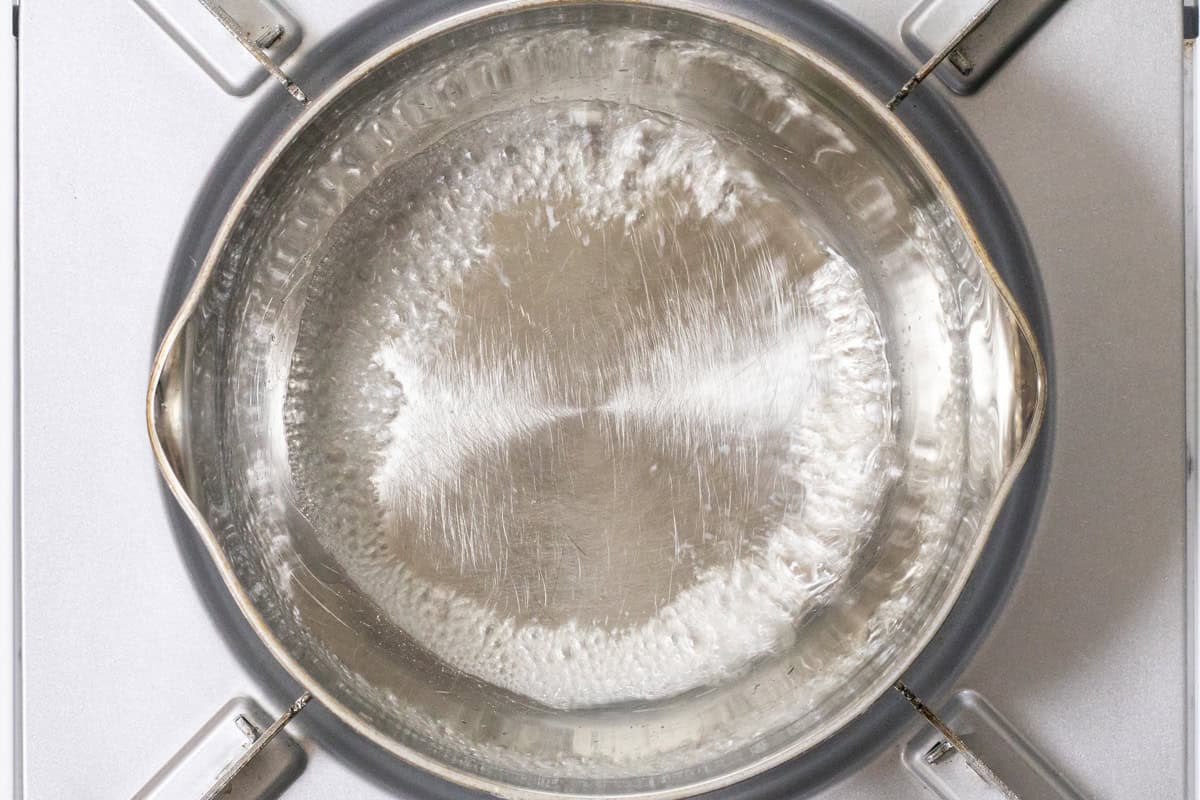
Step 1
Add sake and mirin to a pot and heat it over medium heat. Once it starts to boil, let it simmer for about 20 seconds to cook off the alcohol, then turn off the heat.
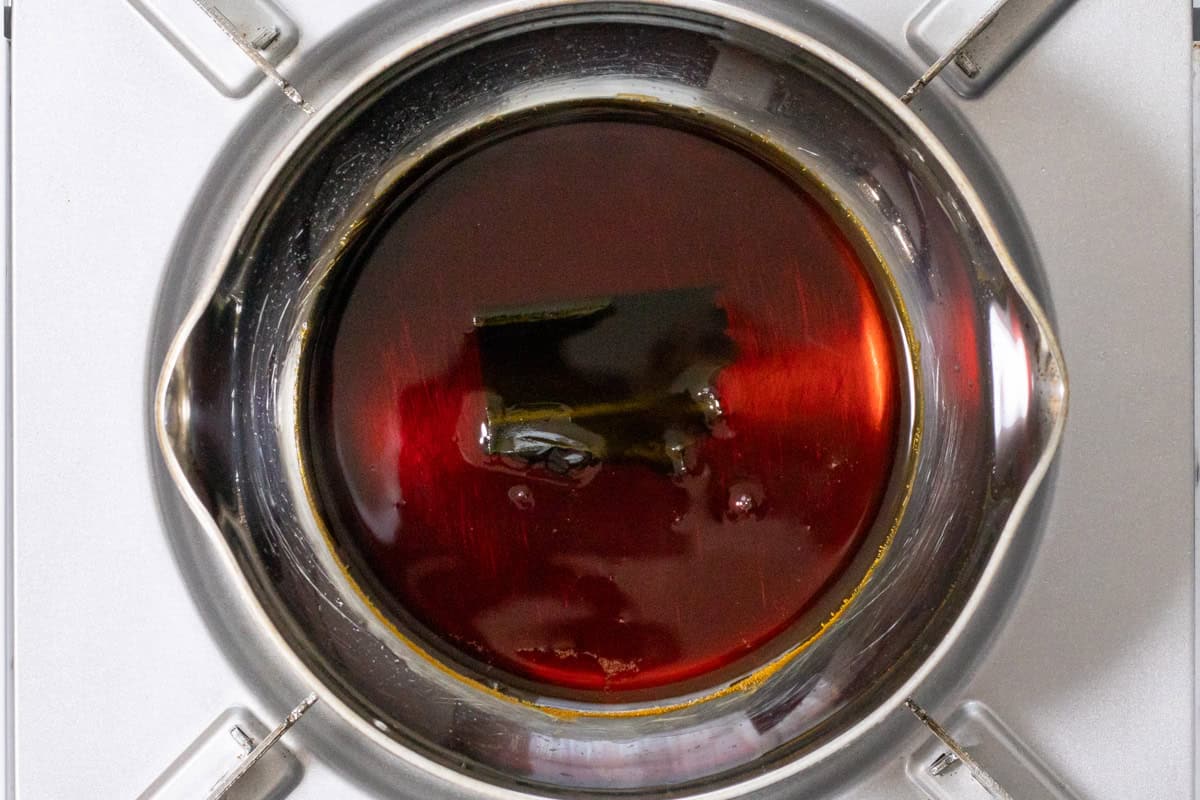
Step 2
Add soy sauce to the pot and heat it again over low heat. Once small bubbles start to appear on the surface, turn off the heat immediately to preserve the soy sauce's flavor. Add kombu to the pot and let it cool to room temperature. The nikiri soy sauce for marinating is now ready.
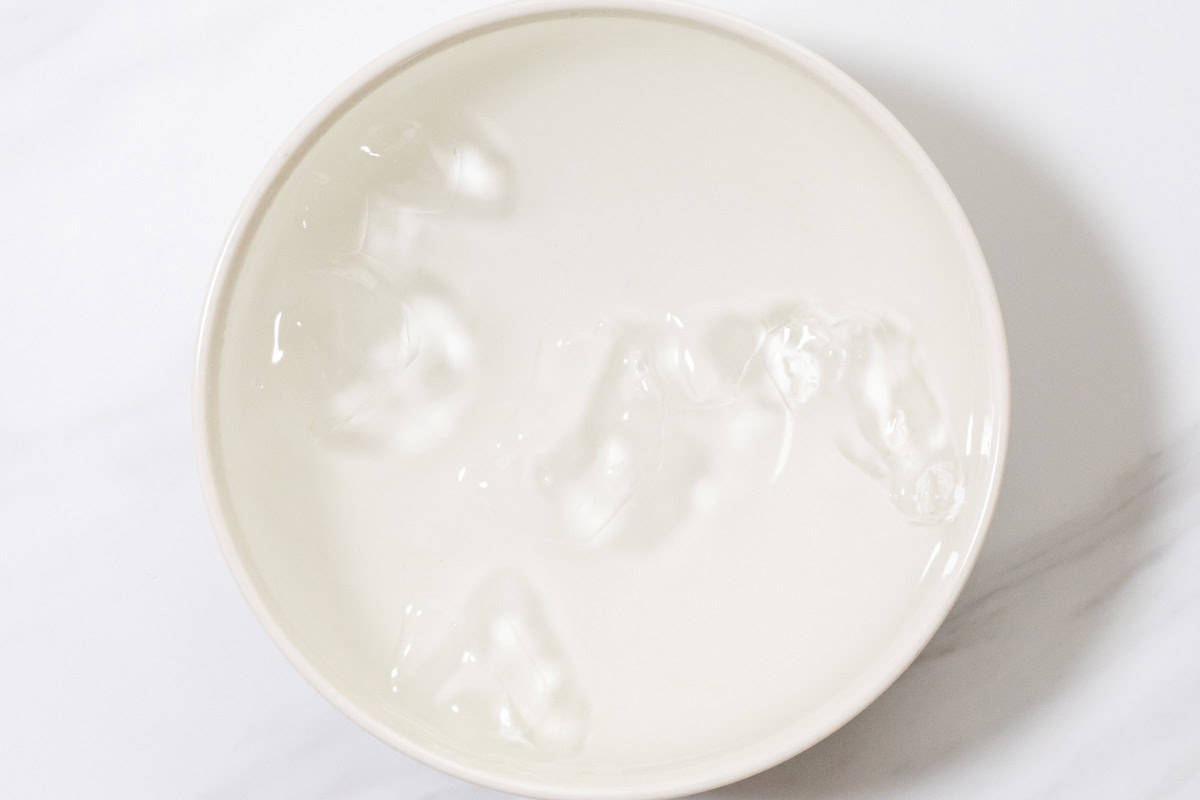
Step 3
Prepare ice water in a bowl.
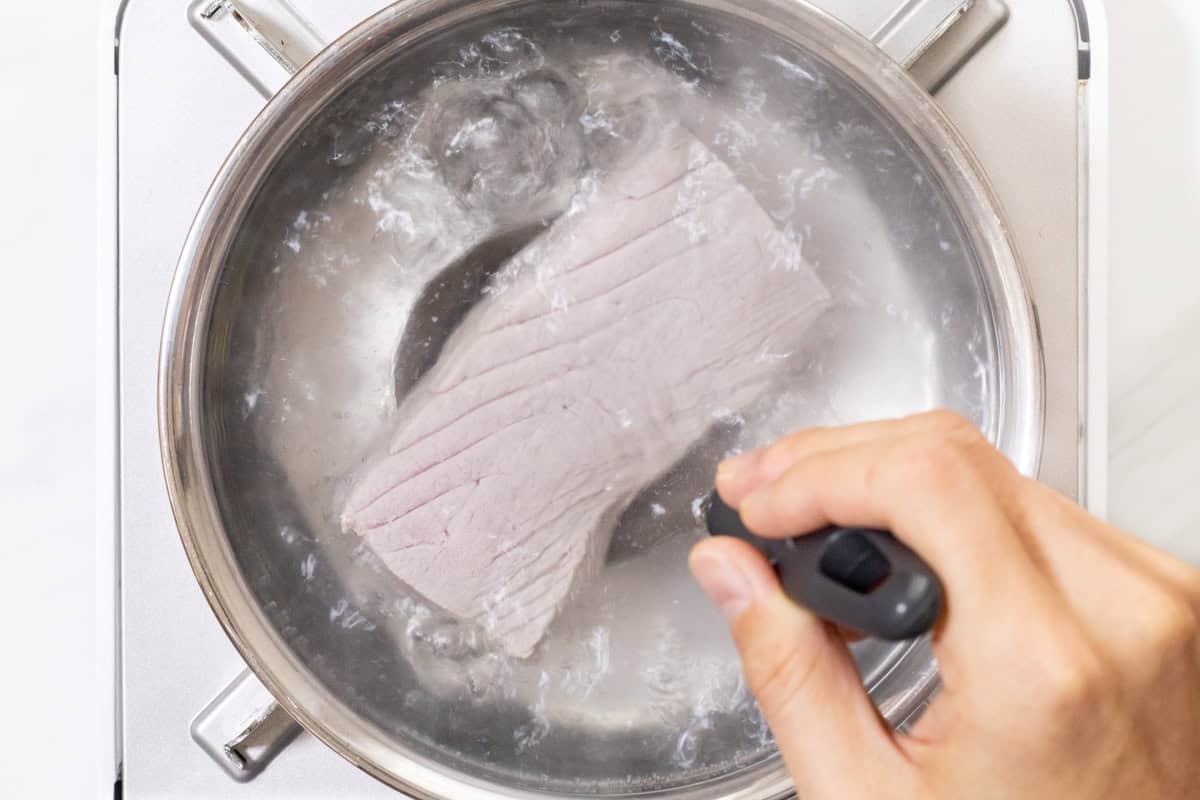
Step 4
Fill another pot with water and bring it to a boil. Once boiling, place the tuna block on a ladle and gently submerge it into the hot water. Blanch it for about 10 seconds until the surface turns white, then remove it.
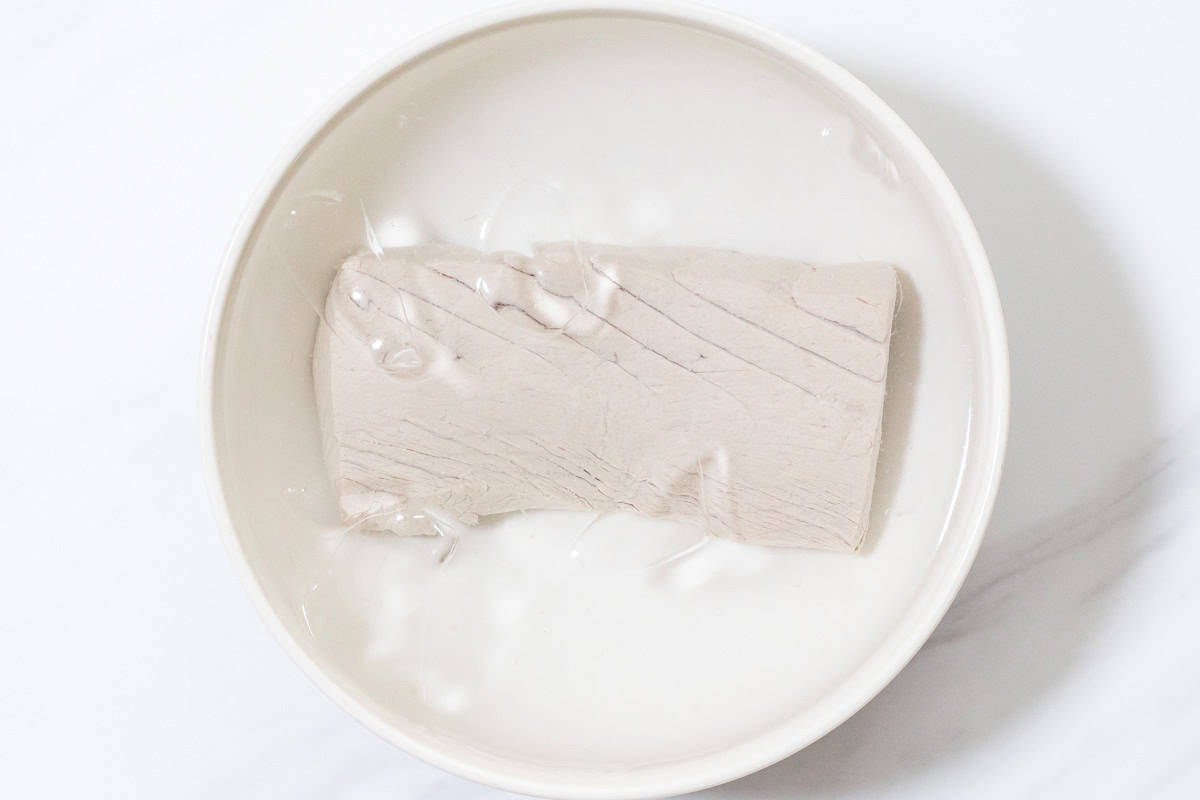
Step 5
Place the tuna in the bowl of ice water to prevent the residual heat from overcooking the inside.
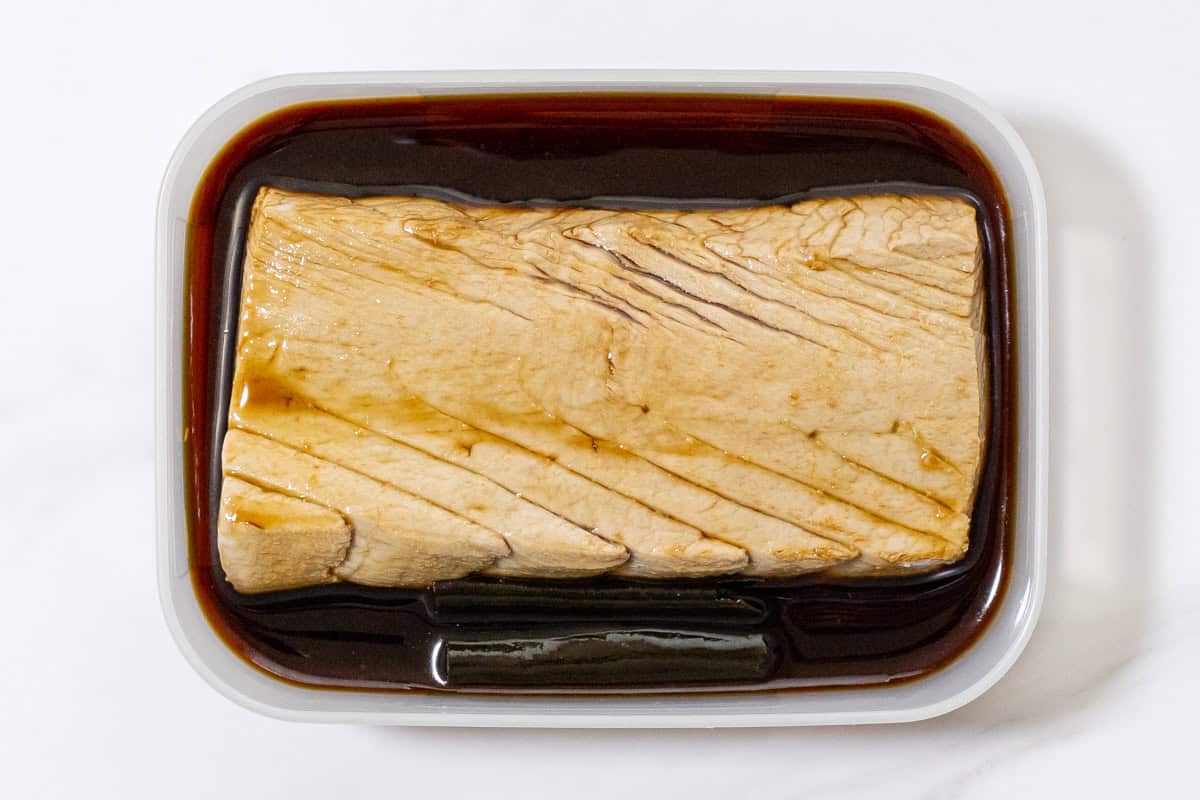
Step 6
Remove the tuna from the bowl and gently pat it dry with paper towels. Place the tuna in a container and pour the cooled nikiri soy sauce over it. Cover the container tightly with plastic wrap or a well-sealed lid, and let it sit in the refrigerator for 3 to 8 hours, turning the tuna over halfway through to ensure even marination.
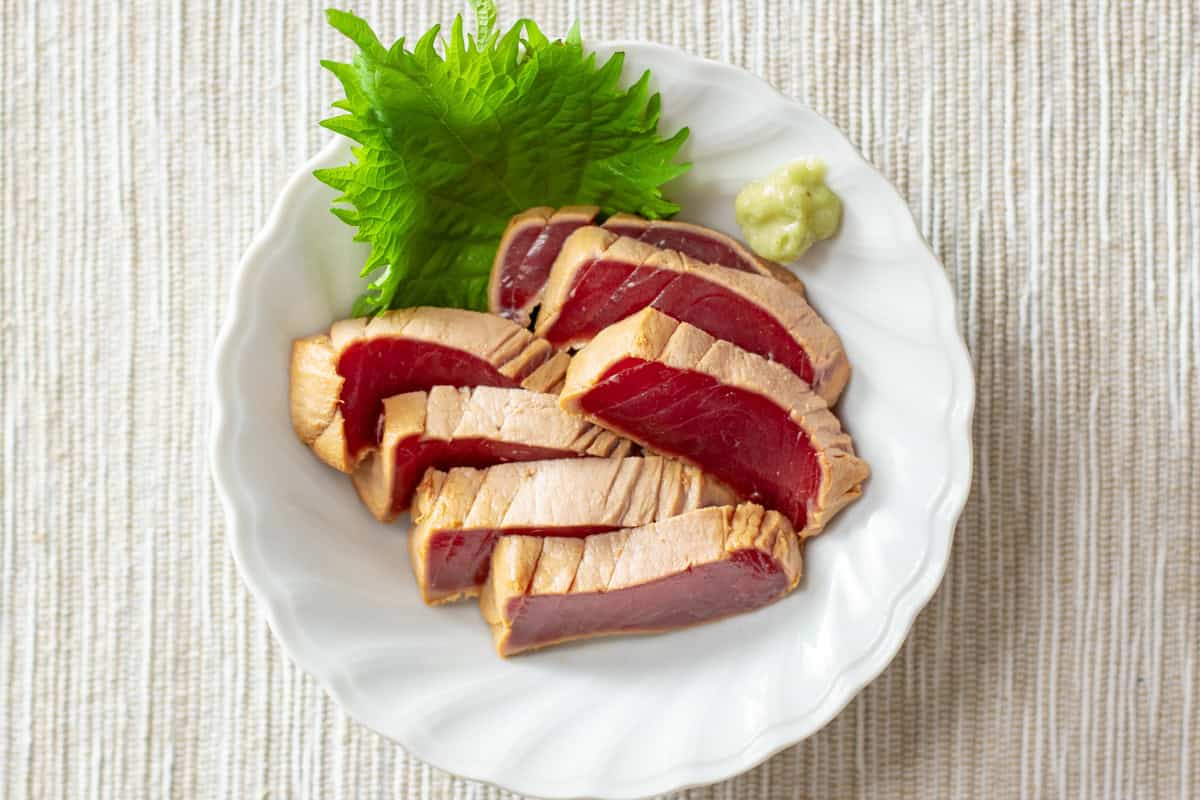
Step 7
Cut the tuna into slices about ⅓ inch (9 mm) thick, or to your preferred thickness, and arrange them on a plate. Garnish with shiso leaves and wasabi, if desired. Alternatively, you can serve this dish as a topping for sushi or donburi (rice bowls).
To store
You can store it in the refrigerator for up to 3 days. However, if the tuna you use isn’t very fresh, its shelf life may be shorter.
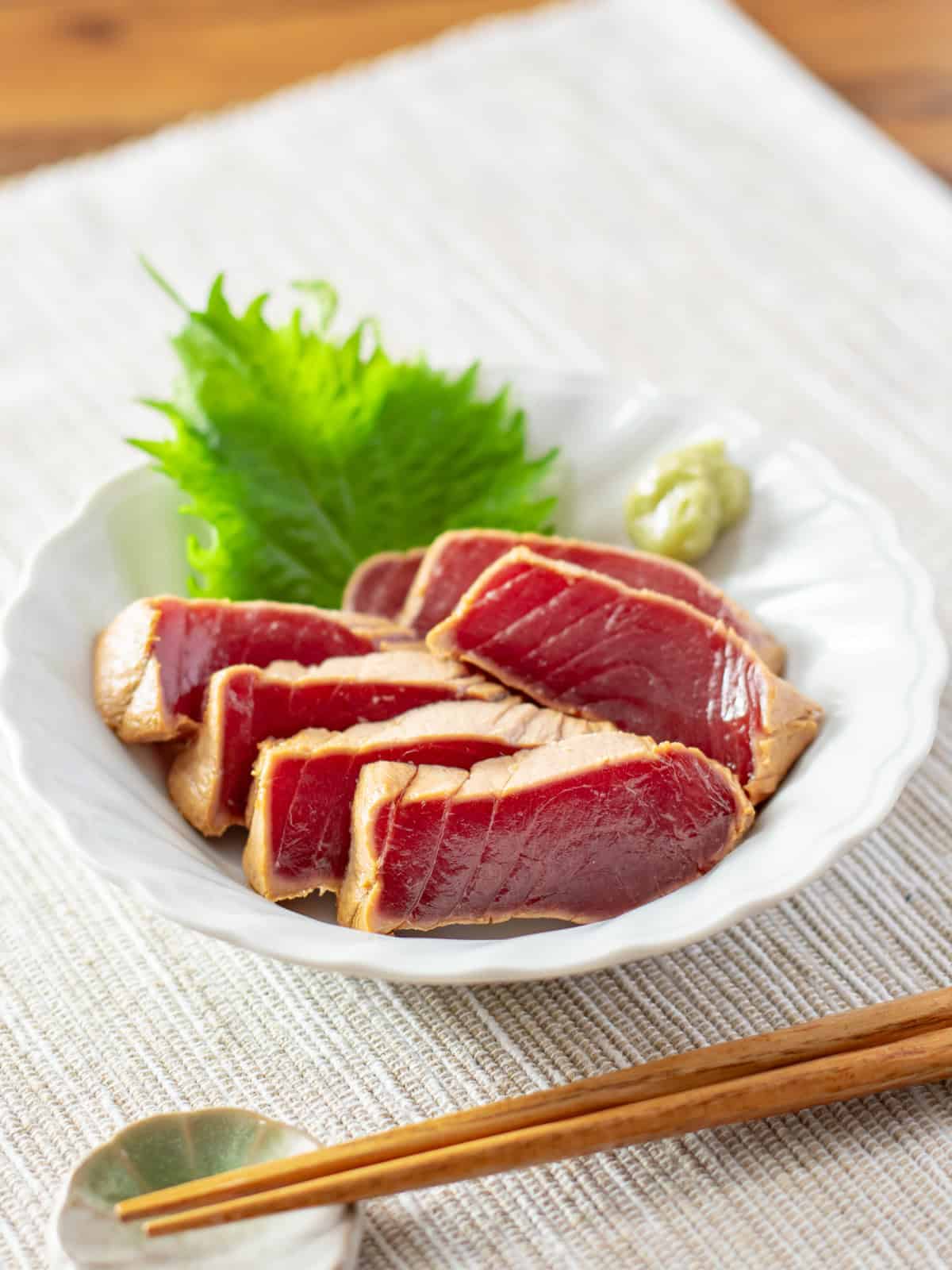
If you try this recipe, I’d love to hear what you think. Please consider leaving a review and star rating in the comments below. If you enjoyed it, I’d really appreciate it if you shared it with your friends.
More fish recipes you'll probably love
Recipe card

Zuke Maguro (Soy-Marinated Tuna)
Ingredients
- 1 block sashimi-grade tuna (about 5.3-7 oz/150-200 g)
Nikiri soy sauce (for marinade):
- 1 Tbsp sake
- 1 Tbsp mirin
- 1 Tbsp soy sauce
- a small piece of kombu (kelp) (about 0.035 oz/1 g)
Garnishes:
- shiso leaves (perilla)
- wasabi paste
Instructions
- Add sake and mirin to a pot and heat it over medium heat. Once it starts to boil, let it simmer for about 20 seconds to cook off the alcohol, then turn off the heat.
- Add soy sauce to the pot and heat it again over low heat. Once small bubbles start to appear on the surface, turn off the heat immediately to preserve the soy sauce's flavor. Add kombu to the pot and let it cool to room temperature. The nikiri soy sauce for marinating is now ready.
- Prepare ice water in a bowl.
- Fill another pot with water and bring it to a boil. Once boiling, place the tuna block on a ladle and gently submerge it into the hot water. Blanch it for about 10 seconds until the surface turns white, then remove it.
- Place the tuna in the bowl of ice water to prevent the residual heat from overcooking the inside.
- Remove the tuna from the bowl and gently pat it dry with paper towels. Place the tuna in a container and pour the cooled nikiri soy sauce over it. Cover the container tightly with plastic wrap or a well-sealed lid, and let it sit in the refrigerator for 3 to 8 hours, turning the tuna over halfway through to ensure even marination.
- Cut the tuna into slices about ⅓ inch (9 mm) thick, or to your preferred thickness, and arrange them on a plate. Garnish with shiso leaves and wasabi, if desired. Alternatively, you can serve this dish as a topping for sushi or donburi (rice bowls).
Notes
- If you have nikiri soy sauce, you can start from step 3.
- You can store it in the refrigerator for up to 3 days. However, if the tuna you use isn’t very fresh, its shelf life may be shorter.



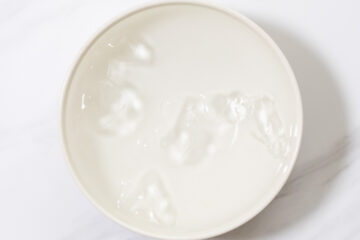

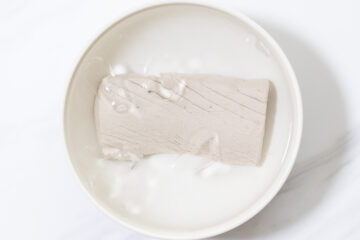
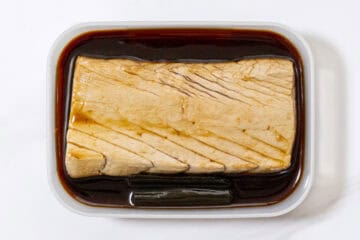
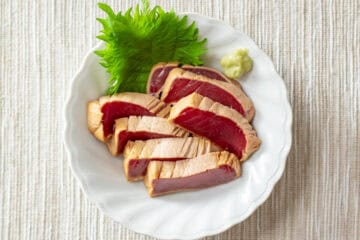

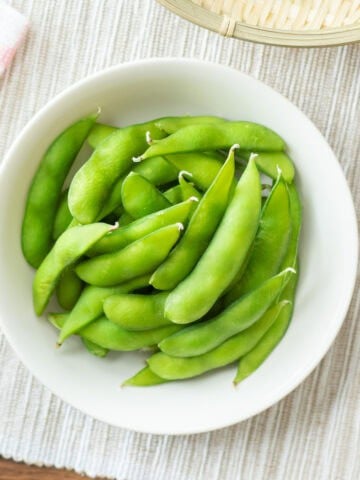
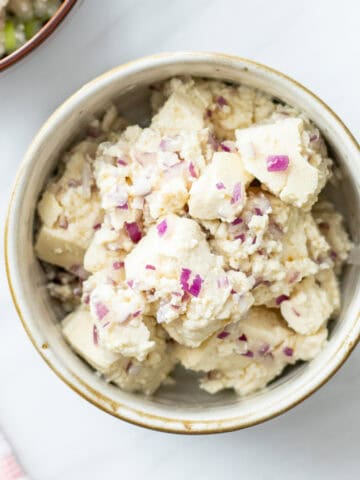
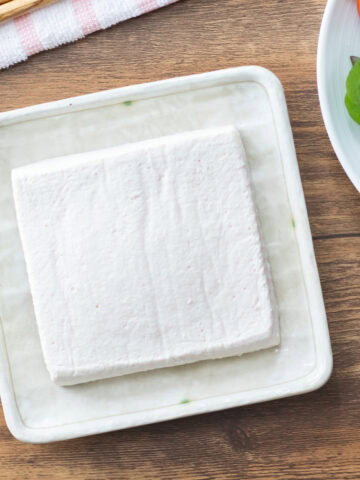
Leave a Rating and a Comment